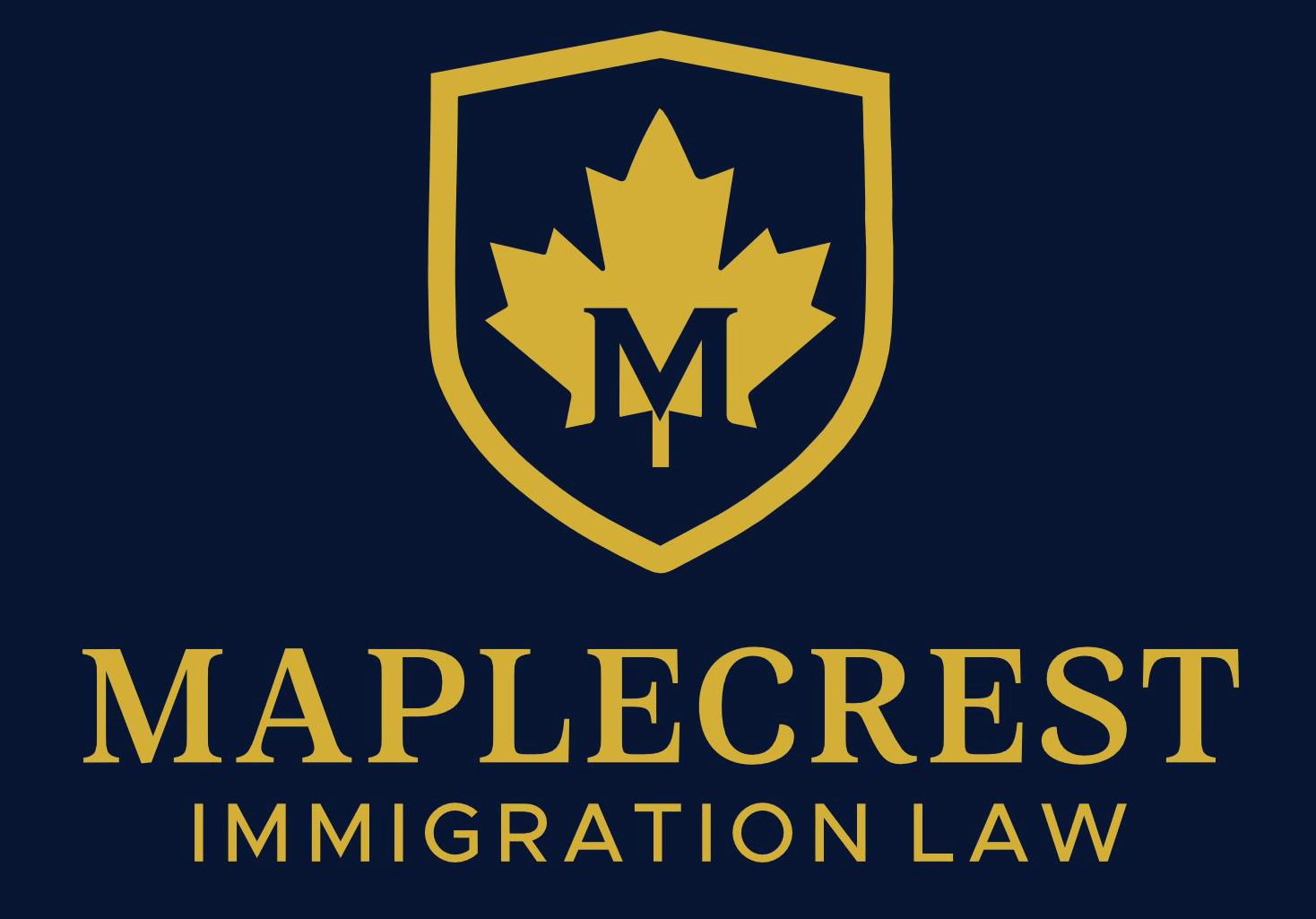Canada’s immigration policies are undergoing major adjustments as the government works to reduce the overall number of temporary residents. Temporary workers in Canada play an essential role in addressing labor shortages, sustaining critical industries, and contributing to the economy. However, with new rules in place, eligibility criteria are becoming stricter and long-term planning is more important than ever.
This guide explores how temporary workers in Canada are affected by recent reforms, the types of work permits available, and the opportunities still open for those seeking to build a future in the country.
Who Qualifies as Temporary Workers in Canada
Immigration, Refugees and Citizenship Canada (IRCC) defines “work” broadly, covering any activity for which wages are paid or services are provided in competition with Canadians. Some foreign nationals can work without a permit, such as business visitors, foreign diplomats, emergency service providers, performing artists, and transport crew.
For most, though, a work permit is required. These permits are categorized into:
-
Employer-specific work permits: Linked to one job, employer, and location. Changing employers requires new authorization from IRCC.
-
Open work permits: Flexible permits allowing foreign nationals to work for nearly any employer in Canada.
Temporary Workers in Canada: Two Major Programs
1. The Temporary Foreign Worker Program (TFWP)
The Temporary Foreign Worker Program Canada allows employers to hire foreign nationals when no qualified Canadians are available. Employers must secure a Labour Market Impact Assessment (LMIA) from Employment and Social Development Canada (ESDC) before an application can proceed.
Streams under the TFWP include:
-
High-wage and low-wage positions
-
Seasonal Agricultural Worker Program
-
Primary Agriculture Stream
-
Global Talent Stream
Every permit under this program is employer-specific. Workers cannot change jobs without a new LMIA and authorization.
2. The International Mobility Program (IMP)
The IMP exempts employers from LMIA requirements. Instead, it supports economic, cultural, and social objectives.
The program includes exemptions for:
-
Intra-company transfers
-
Academic exchanges
-
Reciprocal employment agreements
-
Youth mobility agreements
It also supports spousal permits and emergency responses during global crises.
Recent Numbers and Processing Trends
Canada’s work permit system continues to show strong reliance on the International Mobility Program (IMP). In 2024, 80% of all permits came through the IMP, while the Temporary Foreign Worker Program (TFWP) accounted for the remaining 20%. The high share of IMP permits highlights Canada’s focus on programs that promote flexibility and broader economic or cultural objectives.
Within the IMP, 88% of permits were open work permits. This means most foreign nationals could work for almost any employer without needing to apply for new authorization. Open permits remain popular because they give workers more freedom to move between jobs, while also helping Canadian employers hire quickly in sectors facing shortages. In contrast, TFWP permits are always employer-specific and limit workers to one employer and location.
Processing Performance
IRCC continues to face significant demand for work permits. On average, workers wait 50 to 60 days for application decisions. Some categories perform better than others. For example:
-
International Experience Canada (IEC) permits achieved a 98% service standard adherence, showing strong efficiency.
-
All other work permits reached only 62% adherence, which means more than one-third of applications exceeded the standard processing time.
These figures underline the ongoing pressure on Canada’s immigration system and the importance of submitting accurate, complete applications to avoid further delays.
Arrival Targets for 2025
The government has set ambitious arrival targets for temporary workers in 2025:
-
International Mobility Program (IMP): Between 226,700 and 334,700 workers.
-
Temporary Foreign Worker Program (TFWP): Between 80,000 and 84,000 workers.
These targets show the federal government expects the IMP to remain the dominant pathway for temporary workers in Canada.
Canada’s Plan to Reduce Temporary Residents
In 2024, Canada set a new target: reduce temporary residents to 5% of the population by 2026. This marked the first time temporary workers were included in the Immigration Levels Plan.
Policy Adjustments
-
Post-Graduation Work Permit in Canada: Language requirements added; fields of study must align with labor shortages.
-
Spousal open work permit Canada: Restricted to spouses of doctoral and master’s students in priority programs, and spouses of workers in professional or priority sectors.
-
TFWP limits: LMIA validity cut to six months; caps on low-wage hiring lowered to 10%; duration of low-wage work reduced to one year.
Spotlight: The Temporary Foreign Worker Program
Employers using the TFWP now face tighter restrictions:
-
LMIA validity reduced: From 12 months to six months.
-
Hiring caps lowered: Employers may only use low-wage foreign workers for up to 10% of their workforce.
-
Duration shortened: Low-wage work limited to one year.
-
High-wage threshold raised: Jobs must pay at least 20% above provincial median wages.
-
Refusal in high-unemployment regions: LMIAs will not be processed for low-wage jobs in metropolitan areas with unemployment above 6%.
These changes are intended to reduce dependency on low-wage labor and ensure priority industries benefit most.
Spotlight: The International Mobility Program
Between 2014 and 2024, the IMP grew by 356%, with more than 1.3 million permits issued in 2024. The biggest drivers of growth were:
-
Post-Graduation Work Permit in Canada holders (33%)
-
Spouses of temporary workers and students (17%)
-
Special measures (28%), such as for Ukraine and pandemic-related policies
Recent Reforms
-
Construction sector: Apprentices may now study without a study permit, with new pathways for select occupations under review.
-
Spousal permits: Eligibility tightened to spouses of workers in sectors like healthcare, natural sciences, and education.
-
PGWP changes: Language proficiency required; only graduates in shortage-related fields can qualify.
Rights and Protections for Temporary Workers in Canada
Temporary workers in Canada hold the same workplace rights as Canadian citizens and permanent residents. They must receive fair wages based on provincial or territorial standards. Employers must also provide safe and healthy working conditions that meet federal and provincial regulations. In unionized sectors, temporary workers have the right to join collective bargaining agreements and access union protections.
IRCC and Employment and Social Development Canada (ESDC) actively monitor employer compliance through dedicated regimes:
-
IRCC enforces rules under the International Mobility Program (IMP).
-
ESDC enforces rules under the Temporary Foreign Worker Program (TFWP).
These compliance regimes conduct inspections, review employment records, and investigate complaints. Officials check whether employers pay the wages promised, provide proper housing where required, and maintain safe workplaces.
When employers violate rules, the government responds with penalties. Authorities can impose financial fines, suspend hiring privileges, or ban employers from hiring temporary workers in the future. These measures protect workers from exploitation and ensure programs serve their intended purpose of filling genuine labor gaps.
Temporary Workers in Canada: What Lies Ahead
The government’s new direction shows a clear preference: fewer, but higher-skilled temporary workers. Industries like construction, healthcare, and technology remain top priorities, while low-wage categories are tightening.
For applicants, the message is clear: prepare early, focus on in-demand skills, and understand new rules.
What Temporary Workers in Canada Should Do Next
Temporary workers must take proactive steps to protect their status and secure long-term opportunities in Canada. The immigration landscape is changing quickly, and success depends on preparation and informed decisions.
-
Follow updates: Policy changes on work permits, spousal eligibility, and program caps can affect your status immediately. Staying informed helps you respond quickly and avoid mistakes.
-
Match labor needs: Select study programs or employment opportunities in sectors facing shortages. Construction, healthcare, technology, and agriculture remain priority industries. By choosing jobs in demand, you strengthen your chances of approval and improve your prospects for permanent residence.
-
Plan long-term: View temporary work as a pathway, not just a short-term solution. Many permits under the IMP and TFWP connect directly to Canada permanent residence pathways. Align your work experience with programs like Express Entry or Provincial Nominee Programs (PNPs) to increase your eligibility later.
-
Seek expert advice: Consult trusted immigration professionals. Maple Crest Immigration Law can assess your eligibility, prepare your application, and reduce risks of refusal. Professional guidance ensures your documents meet IRCC requirements and your strategy fits long-term immigration goals.
By acting on these steps, temporary workers can protect their legal status, meet new requirements, and improve their chances of building a stable future in Canada.
Conclusion
Temporary workers in Canada remain a cornerstone of the labor market, filling critical roles in construction, healthcare, agriculture, and technology. However, the government’s new focus on reducing temporary residents means stricter eligibility rules, shorter permit durations, and tighter spousal work permit access. For many, the pathway from temporary to permanent status will now depend on aligning with labor market needs and staying ahead of evolving requirements.
Canada’s shifting immigration policies create both challenges and opportunities for temporary workers. Whether you need help with the Temporary Foreign Worker Program Canada, a Post-Graduation Work Permit in Canada, or a Spousal open work permit Canada, having a trusted advisor is key.
Maple Crest Immigration Law specializes in guiding workers, students, and families through Canada’s evolving immigration system. Contact us today to secure your future.




